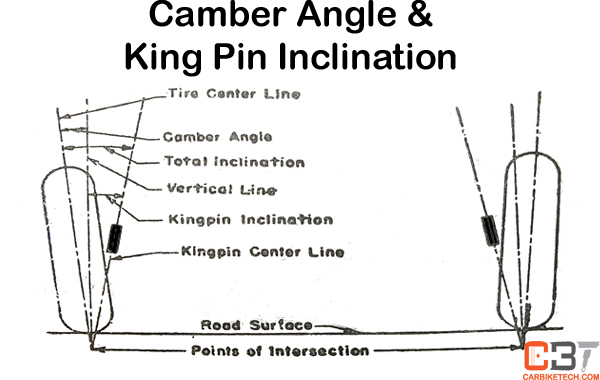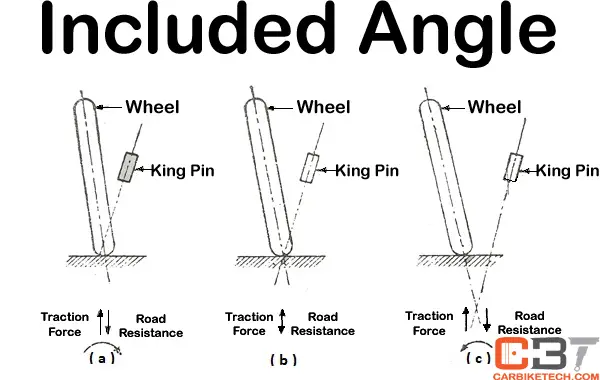What Is Wheel Alignment? Why Is It Necessary?
The wheel alignment refers to positioning the front wheels and the steering mechanism that gives the vehicle directional stability. Besides, it also promotes the case of steering and reduces the tyre wear to the minimum. A vehicle is said to have directional stability or control if it can run straight down the road, enter & leave a turn quickly and resist road shocks.
The front Wheel Alignment depends upon the following terms. These include Camber, Castor, King Pin Inclination, and Toe-in & Toe-Out on turns. The front wheel geometry or steering geometry refers to the angular relationship between the front wheels, the front wheel attaching parts, and the car frame or chassis. The front wheel geometry includes all the above norms.
Factors of Wheel Alignment:
The following factors affect the wheel alignment:
- Factors pertaining to wheel:
- Balance of wheels.
- Inflation of tyres.
- Brake adjustment.
2. Steering Geometry:
King Pin Inclination
- Steering linkages
- Suspension system
King Pin Inclination or Steering Axis Inclination:
When viewed from the front of the vehicle, the angle between the vertical line and center of the king pin or steering axle is known as King Pin Inclination or Steering Axis Inclination. The King Pin inclination provides directional stability in modern vehicles in combination with Castor. It tends to return the wheels to the straight-ahead position after completing any turn. It also reduces the steering efforts, mainly when the vehicle is stationary. Besides, it also reduces tyre wear & tear.

Furthermore, the King Pin inclination in modern vehicles’ Wheel Alignment ranges from 4 to 8 degrees. However, it must be equal on both sides. If it is greater on one side than the other, the vehicle will tend to pull to the side having a greater angle. Also, if the angle is too large, the steering becomes excessively difficult to operate. However, you can adjust the King Pin Inclination only by bending.
Included Angle:
The combined Camber & King Pin Inclination is the included angle in Wheel Alignment. This angle is critical because it determines the point of interaction of the wheel and the Kin Pin center lines. It, in turn, determines whether the wheel will tend to toe-out or toe-in. If the point of intersection is above the ground, the wheel tends to toe-in. If it is below the ground, the wheel tends to toe-out. However, if it is on the ground, the wheel keeps its straight position without any tendency to toe-in or toe-out. In this position, the steering is called Centre Point Steering.

Furthermore, Bosch, Icon, ATS Elgi, Hunter, Delta, and Durr are some of the world’s leading manufacturers of Wheel Alignment machines. Please click here for more information on the importance of carrying out Wheel Alignment.
